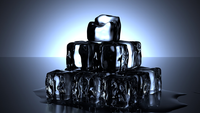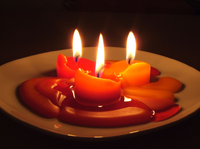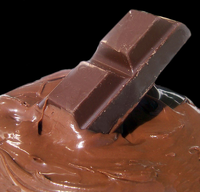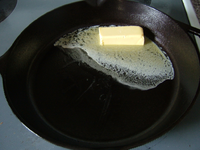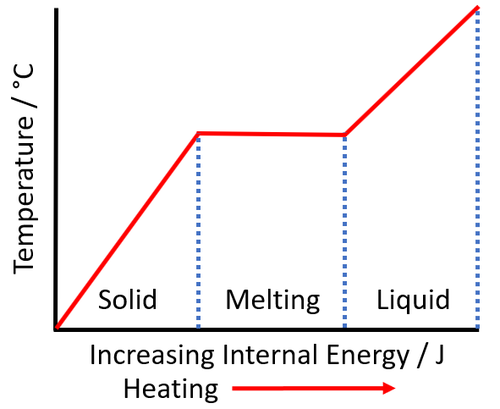Key Stage 2
Meaning
Melting is when a solid turns into a liquid.
- Verb: To melt
- Present Participle: Melting
About Melting
- Most solids can be melted to become a liquid.
- Melting is a reversible process. When a solid melts you can always freeze it back into a solid.
- You may have seen these solids melt
Examples
|
|
|
| Some ice cubes melt to make water.
|
Wax melts because of the flame.
|
|
|
|
| Chocolate can melt in your mouth because your mouth is warm.
|
You can melt butter in a frying pan.
|
Key Stage 3
Meaning
Melting is an endothermic process in which a solid turns into a liquid.
About Melting
- Most solids can be melted to become a liquid.
- Melting is a reversible process. When a solid melts you can always freeze it back into a solid.
- A solid can be melted by heating it.
Key Stage 4
Meaning
Melting is an endothermic physical change in which a solid turns into a liquid.
About Melting
- Melting happens when the particles in a solid break bonds holding them in fixed positions as they gain potential energy.
- The temperature at which a substance melts is called its melting point.
- Melting is an endothermic process, which means it needs to absorb energy to take place.
- Melting is a physical change, which means it is reversible and does not produce new chemicals.
References
AQA
- Melting, page 100, GCSE Combined Science Trilogy; Chemistry, CGP, AQA
- Melting, page 102, GCSE Chemistry, CGP, AQA
- Melting, page 37, GCSE Chemistry; The Revision Guide, CGP, AQA
- Melting, page 72, GCSE Physics, Hodder, AQA
- Melting, pages 100, 101, GCSE Combined Science Trilogy; Physics, CGP, AQA
- Melting, pages 110, 111, GCSE Physics; The Complete 9-1 Course for AQA, CGP, AQA
- Melting, pages 122, 195 196, GCSE Combined Science; The Revision Guide, CGP, AQA
- Melting, pages 324, 328, GCSE Combined Science Trilogy 1, Hodder, AQA
- Melting, pages 39, 40, GCSE Physics; The Revision Guide, CGP, AQA
- Melting, pages 88-9, 94-5, 103, GCSE Physics; Student Book, Collins, AQA
- Melting; energy transfers, page 76, GCSE Physics, Hodder, AQA
Edexcel
- Melting, page 35, GCSE Chemistry; The Revision Guide, CGP, Edexcel
- Melting, page 98, GCSE Chemistry, CGP, Edexcel
- Melting, page 98, GCSE Combined Science; The Revision Guide, CGP, Edexcel
OCR
- Melting, page 12, Gateway GCSE Chemistry; The Revision Guide, CGP, OCR
- Melting, pages 76-77, Gateway GCSE Chemistry, Oxford, OCR
- Melting, pages 82, 152, 154, Gateway GCSE Combined Science; The Revision Guide, CGP, OCR
- Melting, specific latent heat of, pages 31, Gateway GCSE Physics, Oxford, OCR

